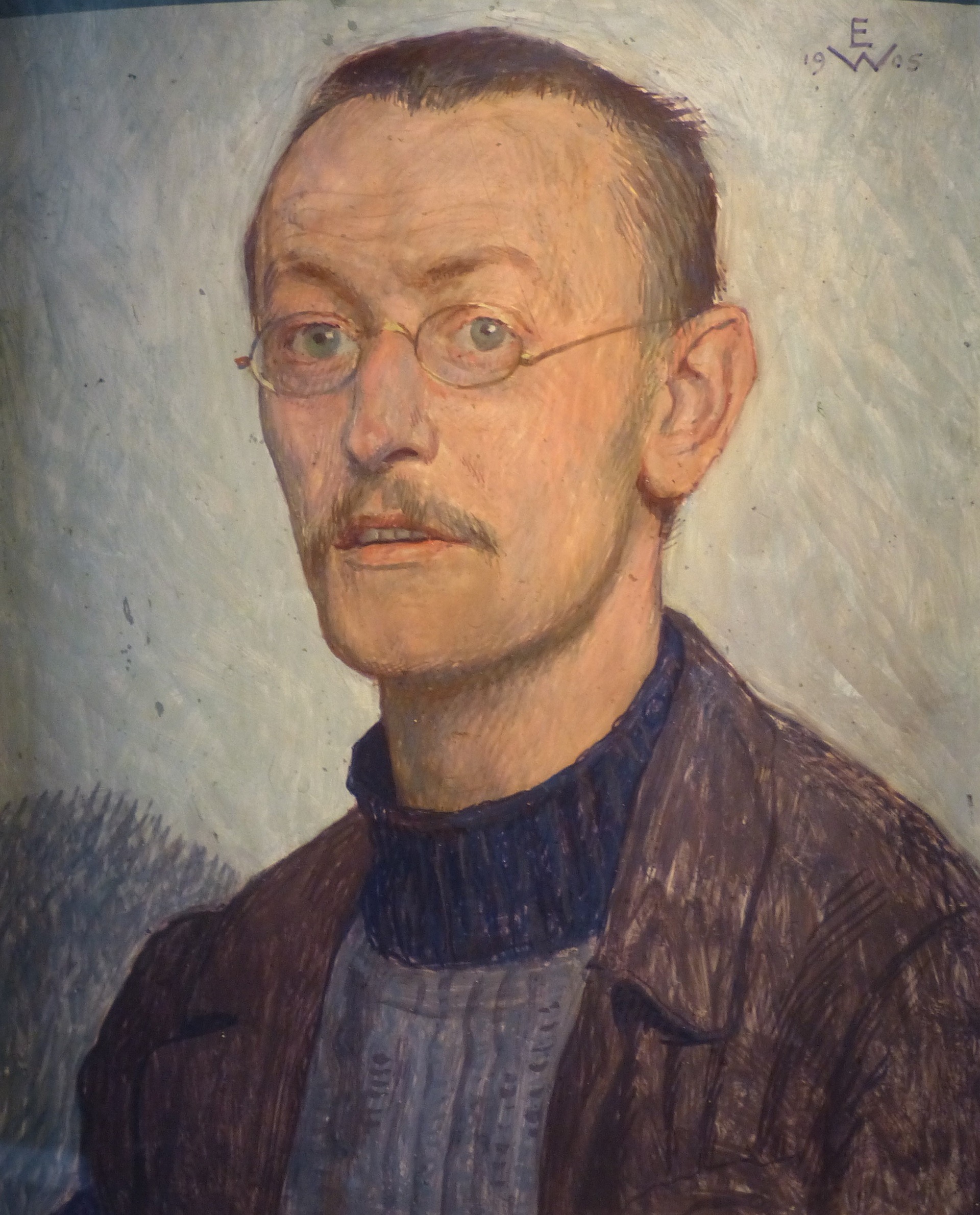Eighty-five years old Hermann Hesse the night of August 9, 1962. He slept in his house in Montagnola —a small Swiss town in the municipality of Collina d’Oro—, a house built by his friend Hans C Bodmer exclusively for him, to spend the last days of his life. He moved there in 1031, when he married the art historian Ninon Ausländer. Cerebral haemorrhage. She never woke up. Sixty years have passed since that final night.
The city where he was born was Calw, in the Kingdom of Württemberg, German Empire, on July 2, 1877. Descendant of Christian missionaries, the family had a missionary book publisher run by his maternal grandfather Herman Gundert. Literature was always present in his life. He not only wrote, he was also an expressionist watercolor painter. He was interested in art in its various forms. Although he is German, he became a Swiss citizen in 1924.
Between his novels, stories, poems and meditations, more than 30 million copies have been sold. He also published monographs, anthologies, and magazines, and wrote at least 35,000 responses to letters from readers. According to the biographer Volker Michels, “we are faced with a work that, due to its copiousness, its personality and its vast influence, has no parallel in the history of 20th century culture”. He received the Nobel Prize for Literature in 1946.
peter camenzind
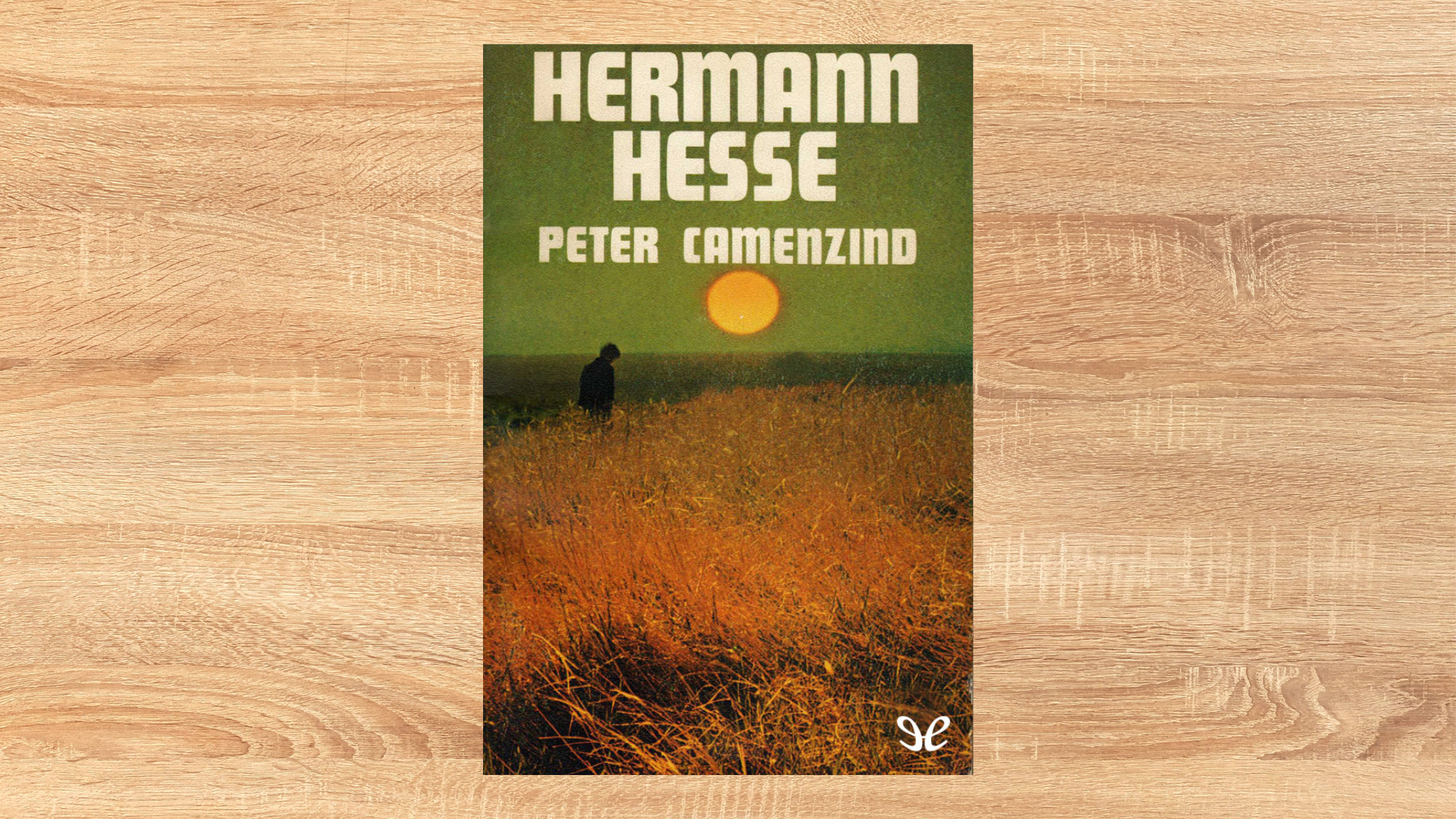
Published in 1904, in Germany by the publisher Samuel Fischer, peter camenzind It was the first novel Hesse wrote. Everything seems to be there: the essence of characters, landscapes and plots of all the books to come. Something that appears there and will later be repeated in his work is the search for a unique physical and spiritual identity. Also, the reflection on the role of art in the formation of subjectivity.
The novel begins thus: “In the beginning was the myth. God, in his search for self-expression, provided the souls of Hindus, Greeks, and Germans with poetic forms, and continued each day to flood the soul of each new child with poetry.” Poetry overflows in this poetics. HIS protagonist aspires to become a poet. It is what the Germans call bildungsroman: training novel, which portrays the transition from childhood to adult life.
Gertrude
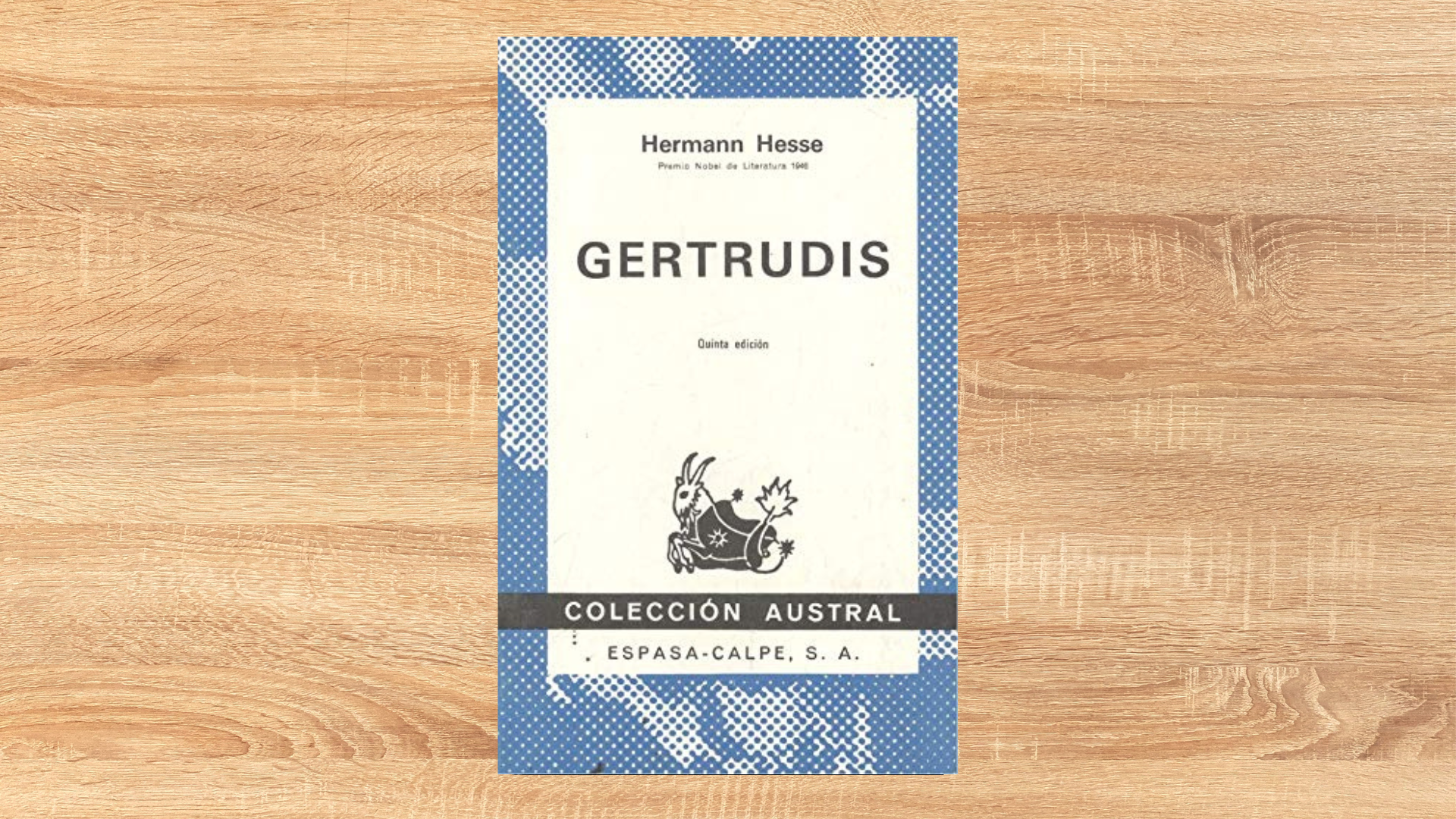
The autobiographical overtones here are more noticeable. the protagonist of Gertrude is Kuhn, a crippled musician who decides to dedicate himself to art since his childhood. This novel is inspired by the book of Friedrich Nietzsche The birth of tragedy from the spirit of music. He said at the time that he wrote it with difficulty since he had gone through a crisis of creativity; he later considered her a failure. It was published in 1910.
Demian
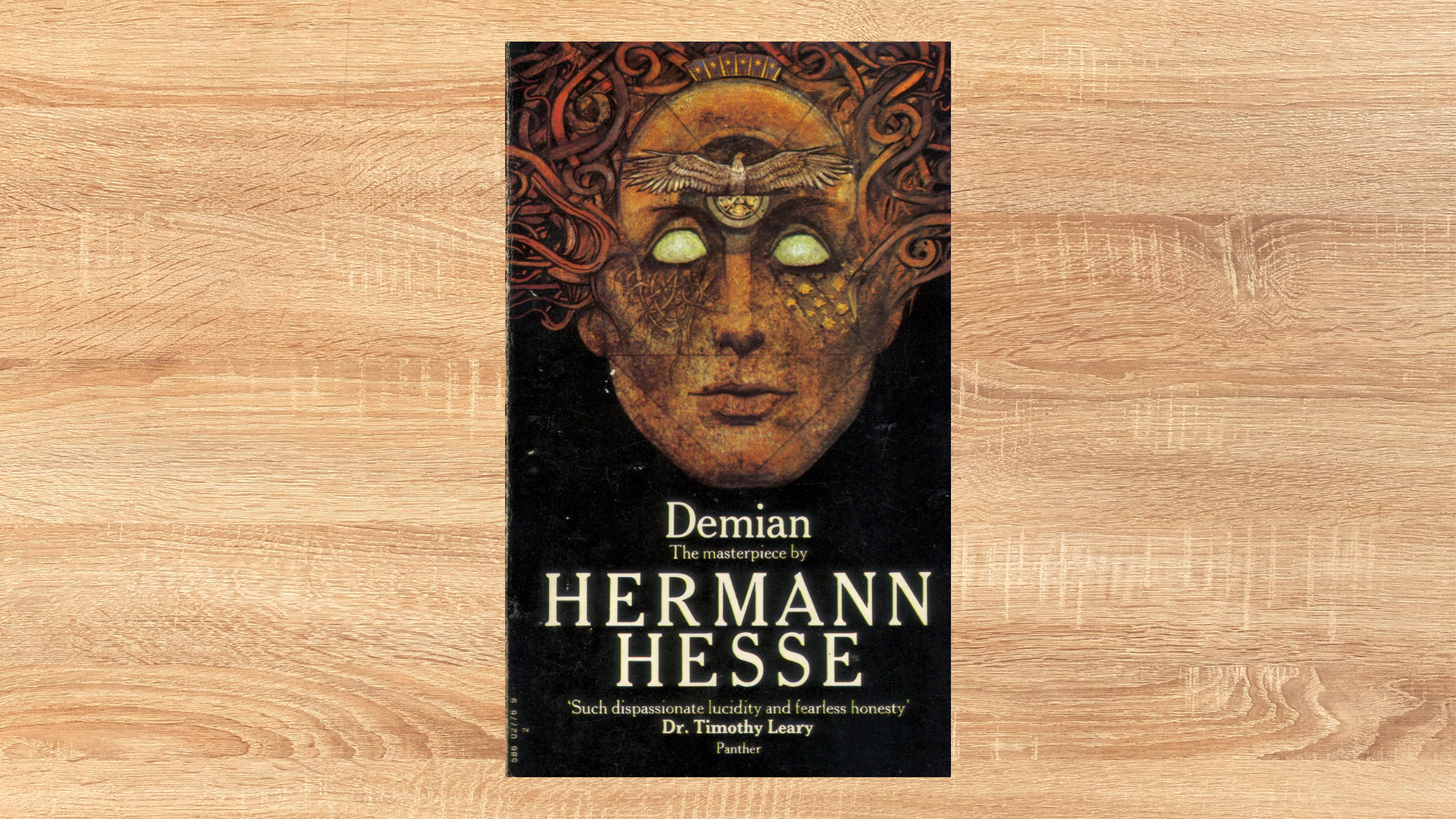
The full title of this novel published in 1919 is Demian: Emil Sinclair’s Youth Story. At first he signed with the pseudonym Emil Sinclair, the name of the protagonist. He then revealed himself to be the author. It is the story of a boy who spent his entire life in the “Scheinwelt”, a world of dreams and light, and a lie led him to broaden his worldview. There appears an enigmatic character, a certain Max Demian, who leads him along the paths of self-reasoning.
After the First World War, Demian it came to light. It took three weeks to write it as a result of an existential crisis. Undoubtedly he is also a bildungsroman. There is Gnosticism, there is psychoanalysis. He moved a lot of people, especially the young audience. thomas mann he called it a small masterpiece, and when it was reissued in 1947 he wrote a laudatory introduction.
Siddhartha
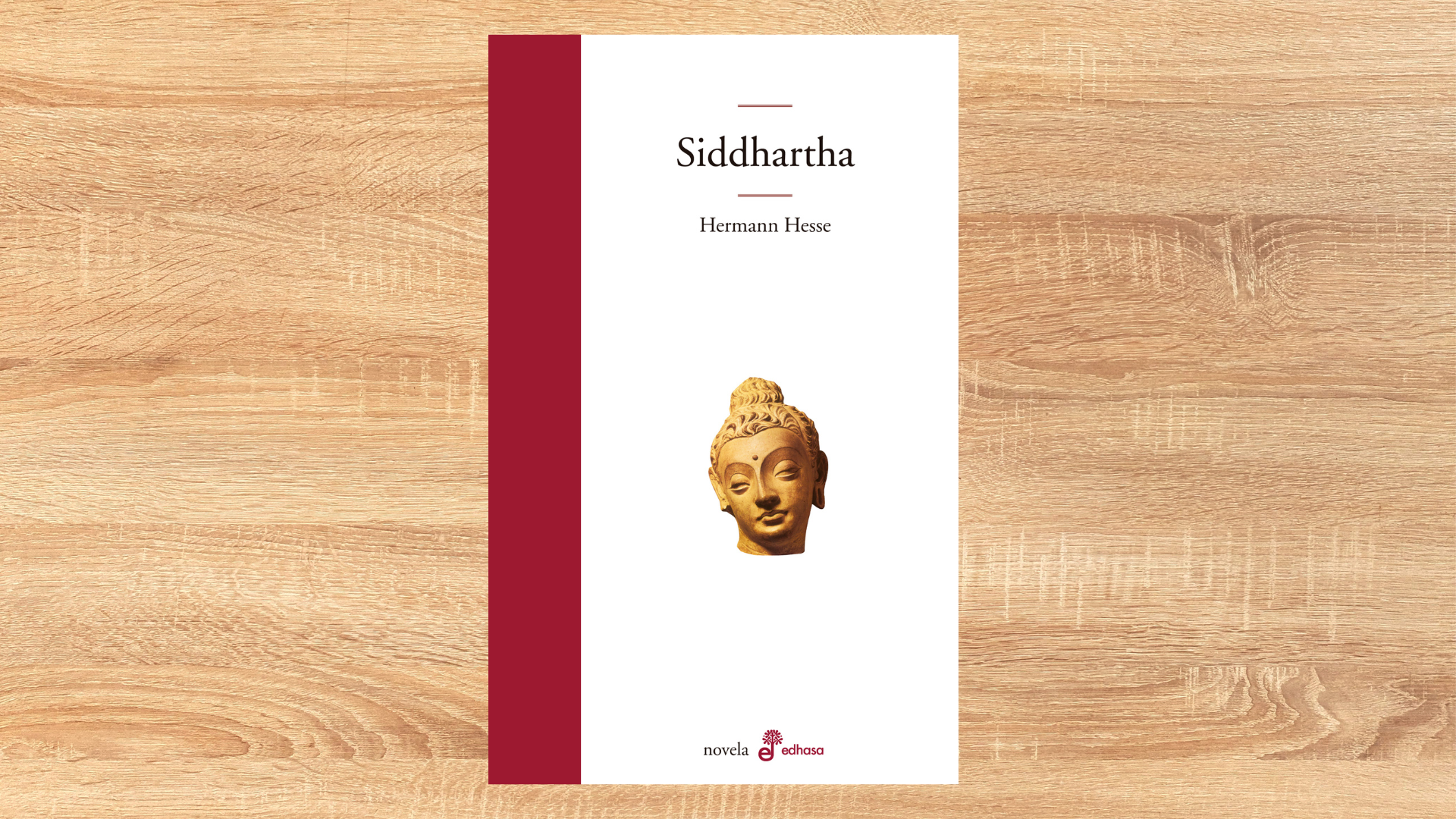
Installed in an imaginary time, but close to the time of Buddha —what some call “axial time”—, Siddhartha is an allegorical novel from 1922. The protagonist is a Hindu man named as the title of the book. Hesse defined this book as a Hindu poem; it was read much more in the East than in the West. The record is original because it unifies lyrical and epic elements, narration and meditation, spirituality and sensuality.
Hesse lived in India for a time during the 1910s. There he fashioned the first bits of Siddhartha, a word that means “one who achieved his goals” or “every wish has been satisfied.” It is also the name of the Buddha before his renunciation: Prince Siddhartha Gautama. After the Nobel to Hesse, this book reached a new peak of notoriety: it was published in the United States in 1951 and during the 1960s it was again read with devotion.
Steppe wolf
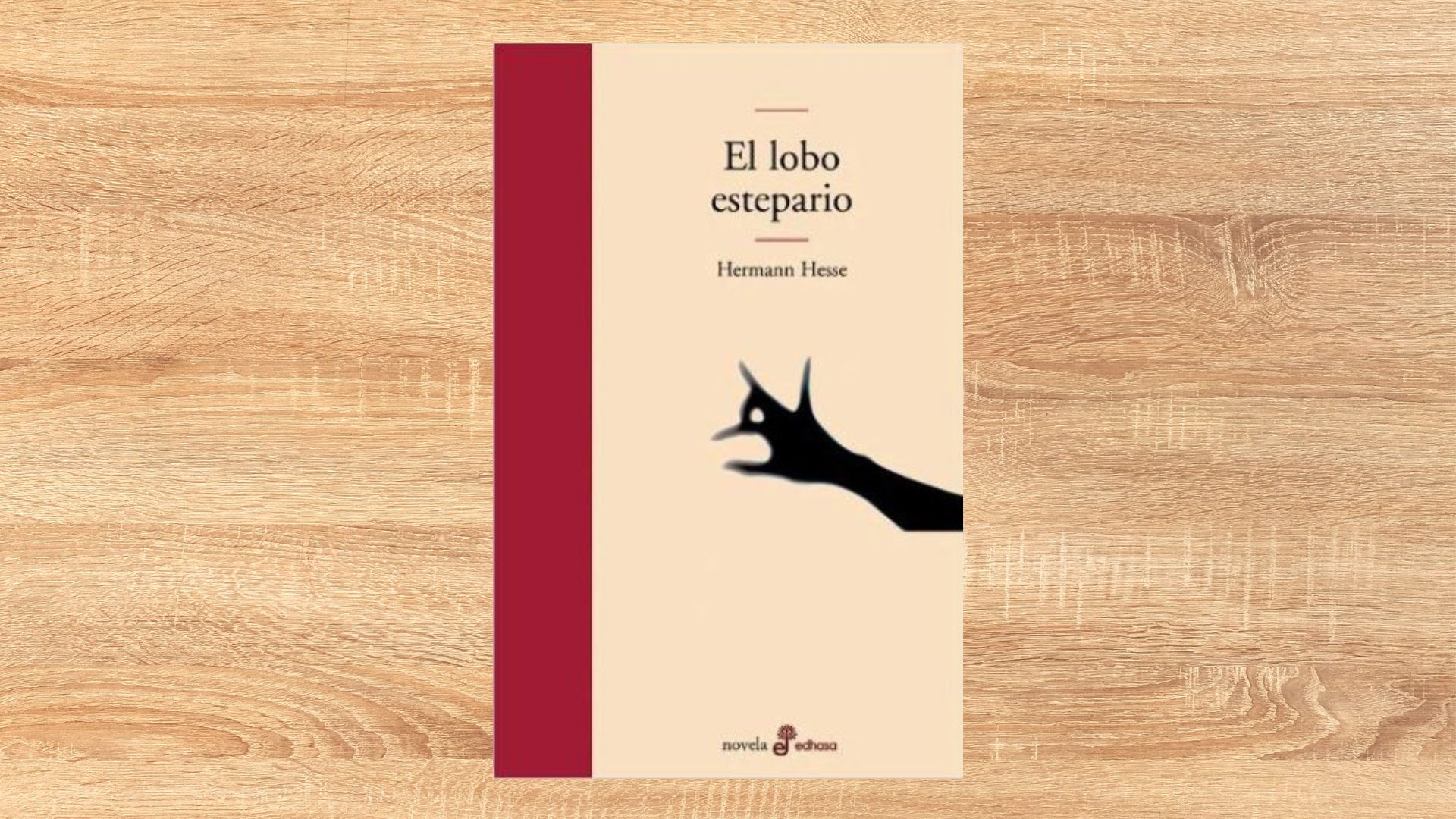
This tenth novel by Hesse, possibly his most famous, most famous, most widely read book, is from 1927. Autobiographical overtones, explicit sex, drug use and some elements of fantasy appear. The protagonist Harry Haller writes a series of manuscripts where his life, his problems, his life and the difficult relationship with the world and with himself are narrated. Following the international success, Hesse said that the book had been misunderstood by many readers.
the game of the abalors
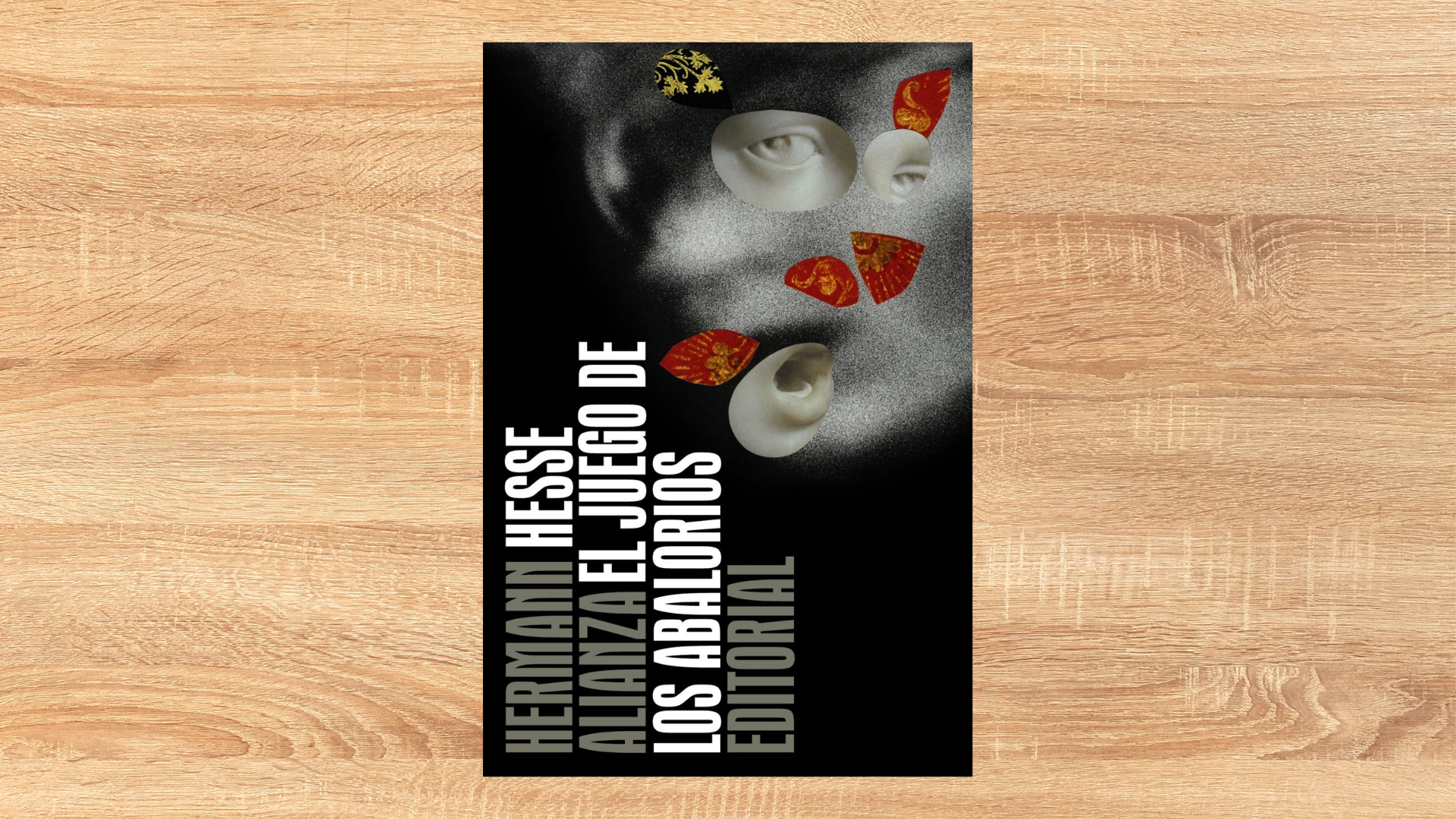
This is his last novel —the last one is Berthold, but he did not finish it, it remained unfinished—published in 1943, three years before receiving the Nobel Prize for Literature. On this occasion, Hesse looks ahead, to the future: the 25th and 26th centuries, two thousand years after the existence of Saint Benedict of Nursia, Catholic monk considered the initiator of monastic life in the West. Everything takes place in a province called Castalia dedicated entirely to intellectual activity.
This is a fake biography. The narrator is the biographer of Josef Knecht, magister ludi (game master) of the Order of the Glass Bead Game, an intellectual exercise that aims to relate all the knowledge of humanity. In the game of the abalors traits of utopian novel are observed, something that Hesse had not yet explored. In 2019, the novel was awarded the 1944 Retrospective Hugo Award for Best Novel.
KEEP READING

